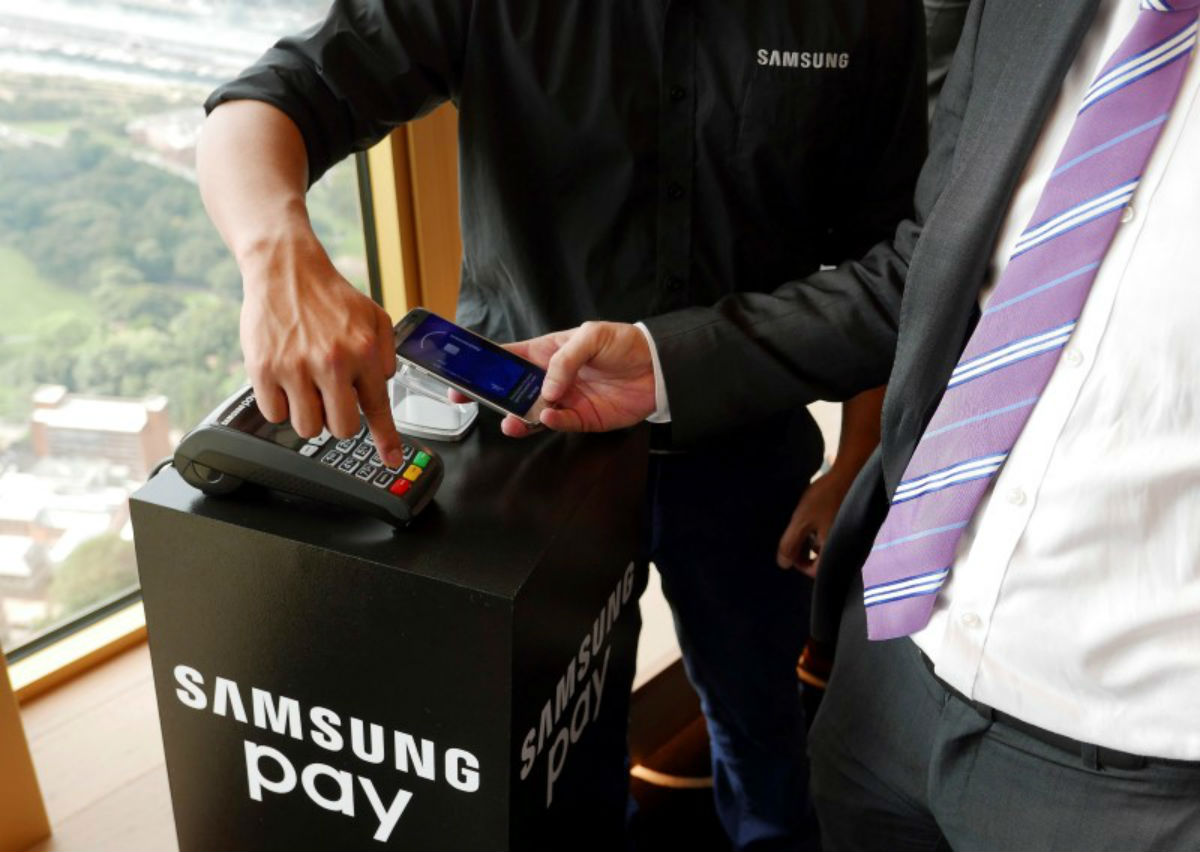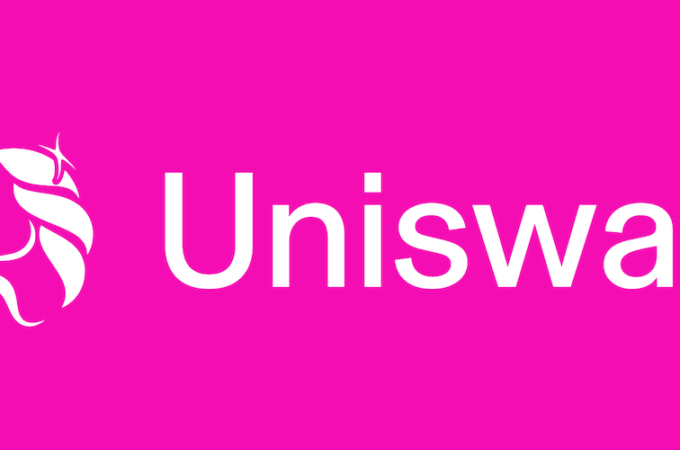
Samsung Pay beats Apple and Google to launch mobile payments service in India
By Paul Sawers for VentureBeat,
Samsung has launched its mobile payments service in India.
The Korean electronics giant started accepting registrations for early access to Samsung Pay in India earlier this month, and it opened to some users shortly after. Today marks the official launch of the service, and sees the company beat rivals Apple (Apple Pay) and Google (Android Pay) to launch a mobile payments service in what could prove a lucrative market.
Samsung Pay launched in its native South Korea back in August 2015, and has since rolled out to the U.S., China, Spain, and a number of other markets across Europe, Asia, and Latin America. India represents Samsung Pay’s 14th launch market.
The rollout comes as countless companies battle it out to target the burgeoning smartphone user base in India, a country that has a population of around 1.3 billion people, most of whom still aren’t online. Indeed, less than 20 percent of the country own smartphones, but some estimates indicate that India is about to overtake the U.S. to become the world’s second-biggest smartphone market in terms of units shipped.
India represents a major growth opportunity for technology services companies, including Google which is investing heavily in various initiatives, as well as the mighty Facebook. On the hardware front, Apple is expected to begin manufacturing the iPhone in India shortly, while BlackBerry has also signed a licensing deal to sell smartphones to more than 1 billion people in the region.
With the launch of Samsung Pay in India, Samsung has partnered with Visa, MasterCard, American Express, Axis Bank, HDFC Bank, ICICI Bank, SBI Cards, and Standard Chartered Bank, while Citibank India will be supported shortly.
The Indian market represents something of a unique challenge for any mobile payment service, insofar as specific local considerations have to be made. The Indian government has what is known as the Unified Payment Interface (UPI), which is basically a way for banks to transfer money directly to one another based on a single identifier, bypassing the need for a billing processor and making the transaction cheaper. At launch, Samsung has integrated UPI into the Samsung Pay app, as well as Indian commerce platform Paytm.
“When we launched Samsung Pay, our goal was to enable consumers across the globe to make payments that are simple, secure and accepted almost everywhere,” said Thomas Ko, vice president and global GM of Samsung Pay, in a press release. “Over the past year and a half, this vision has evolved into building a complete digital wallet solution, allowing customers worldwide to not only make payments but also use membership and transit cards, receive deals and rewards and more.”
Apple hasn’t given any indication for when Apple Pay may launch in India, but Tim Cook has previously indicated that he would like to launch it in the country at some point. And given the company’s renewed focus on the region, it’s more or less a given that it will land at some point.
Google hasn’t revealed when Android Pay may land, but it may stand a better chance of reaching scale than both Apple and Samsung, given that iPhones are expensive devices, and Samsung Pay has historically been limited to its own premium smartphones — though it has since opened to its mid-range Galaxy A5 and A7 devices too. All that’s really needed for Android Pay is NFC and an up-to-date version of Android, and any original equipment manufacturer (OEM) can enable Google’s mobile payment system on their devices.





